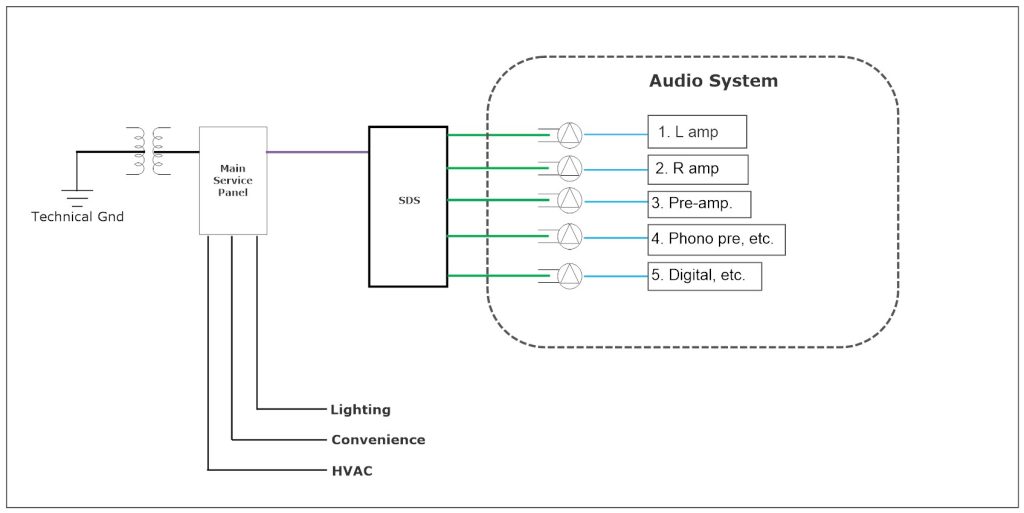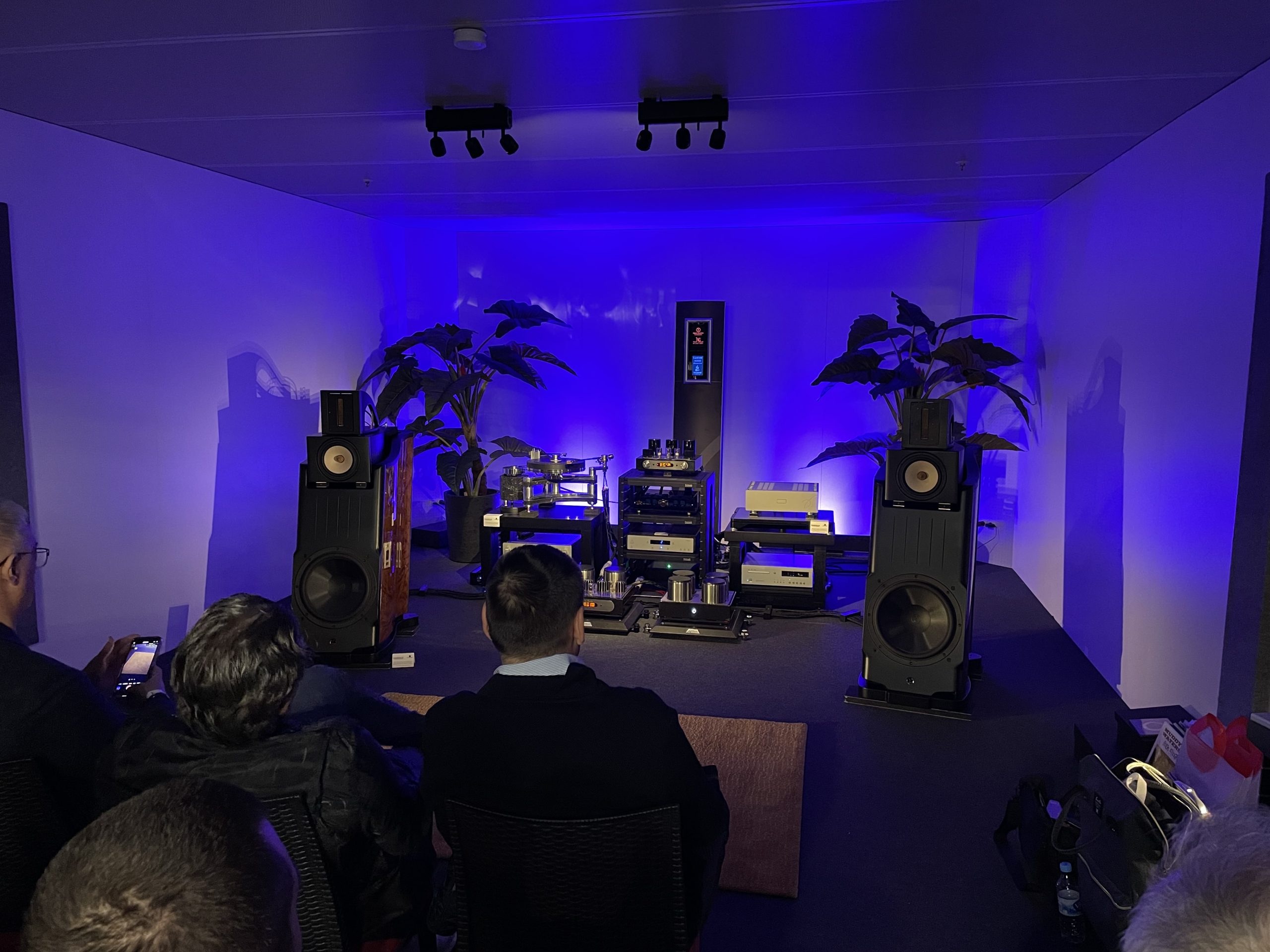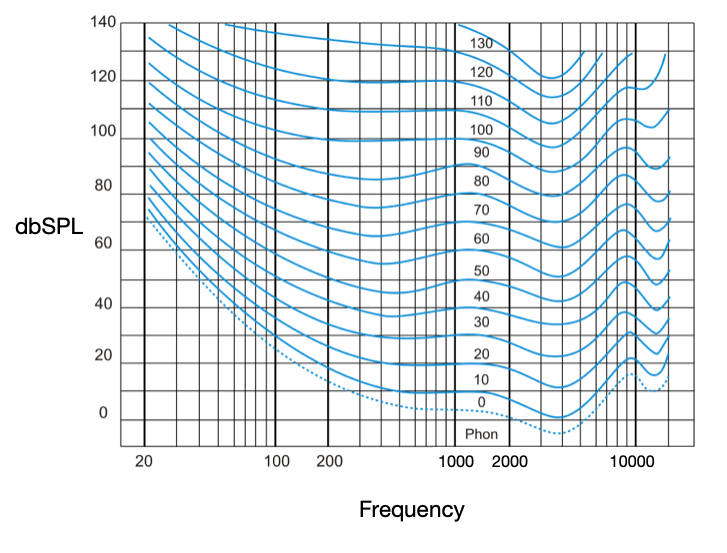Norman Varney of AV RoomService Ltd. has joined Positive Feedback as a Senior Technical Editor as of Issue 113. His expertise in his field of audio acoustics and experience in the field makes him a helpful voice in our creative community for the audio arts. As has been our wont from the beginning of PF, we do welcome contributions from qualified voices in the high-end audio industry, provided that they don't use the opportunity to market their own products/attack competitors and others...which we simply don't allow here.
Our playback systems are only as good as the environment they work in. Acoustics and power quality are the two most fundamentals building blocks that allow the equipment to perform its best, and for us to have the most enjoyment from our investment. My last article was a little intro around acoustics, so this one will be about the other building block, electricity. Let's take a high-level look at our audio power supply and how it has changed recently.
Power is not as simple as it used to be. It has become more complicated, dirtier, and sensitive over recent years. Recent meaning since computers began populating our homes. Think about how many computers you have plugged into your home now compared to even a few years ago, and how it will continue. As technology continues to introduce more "gizmos" into our environments, which includes the trend of lower voltage circuitry, higher density integrated circuits, more RAM, and faster clock speeds, the need for a pure electrical power supply becomes an ever increasing and important issue.
Back in the day, we really only had to worry about our residential grounding and the incoming utility companies power supply. If there were problems, we were not responsible. Local codes put the responsibility on others. I remember in the 80s getting a new TV set because of surges on the utility line. That would not happen today unless it were a catastrophic event that the utility company could not deny was their fault. They can no longer be responsible for the small spikes, surges, and sags that can now damage sensitive electronics. Along with that, there is more noise on the line, and much more EMI/RFI noise introduced inside our environments. In general, utility companies are responsible for the power outside, and you are responsible for the power inside. Power factor correction is something that they try to control, but this is a variable that is very difficult for them to control well. Local electrical codes exist primarily for personal safety, and then of equipment, not for audio quality. Note that for example the National Electric Code is updated frequently in order to keep up with technology and new conditions.
Do you remember all the "wall-warts" we used to have sticking out of receptacles and power strips? These power supply converters were needed to change AC to DC to run equipment. Today we have "switch-mode" power supplies. They can offer more power, in a smaller size, and accept a wider range of AC input voltages, and can often be located inside the equipment chassis itself. Unfortunately, switch-mode power supplies introduce various problems, including audible harmonics to the sine wave often called "switching" distortion.
We also now have Power Over Ethernet (PoE), which powers equipment on the same cable as AV signals. PoE puts between 45 and 60V of DC on the same wires as data, and often for long runs. In certain situations, they can introduce a lot of noise into a system.
What do we need to concern ourselves with regarding power quality for our AV systems? Plenty! Because we have more sensitive audio equipment (especially anything with DSP) that is prone to introducing and receiving noise (both line-coupled and field-coupled) into the main power supply and/or signal carrying cables, we need to carefully consider means of prevention. It is our responsibility to look for and prevent issues that can introduce audible/visible distortions to the system, as well as extending the life of the equipment.
When I am performing on on-site power supply quality evaluation, I am going to test the following at minimum:
- Outlet wiring configuration
- Line voltage min and max.
- Frequency and current
- Ground resistance at service entrance
- Peak current capability
- Voltage distortion
- Common mode distortion
- Normal mode distortion
- Harmonic content
- EMI/RFI field-coupled issues
How do we address such issues? There are newer methods of AC grounding, filtration, isolation, bonding and shielding that will improve performance, reliability, and longevity. There are better wire materials and wire configurations to incorporate, breakers, etc. Signal integrity means flowing unimpeded through the chain. This requires quality materials, and large, smooth, clean, dry contact surface areas, and tight, sealed connections. BTW, when was the last time you cleaned all the contacts in your system from the power cords to the loudspeaker connections? Your system will likely sound much better if you clean and tighten all the power and signal contacts periodically.
Generally, I recommend the following steps to improve a high performance audio system:
- Ground resistance - lowering the impedance means less reflected noise in the system and better protection. This is usually less than $1000.
- New circuits - wire quality and gauge, breakers and receptacles, cable configuration, and dedicated circuits, etc. mean less interference, less resistivity, better EMI/RFI rejection, and impedance matching. This can be a moderate to expensive upgrade.
- Isolation transformer - a separately derived system (SDS) for the audio equipment means dedicated clean power that is no longer subjected to the grid or other internal circuits. This typically runs around $10k-20k.
I rarely recommend power conditioners. As a general rule, power conditioners are going to introduce filtering that you don't need, and/or not at the optimal amount. Every time you introduce more electronics into your system, you are adding distortions. Power conditioners (and acoustics) are often thought of as a one-size-fits-all, but they are not. Each performs different jobs in different ways at different quantities and qualities. In addition, they are often trying to band-aid something that should actually be rectified, all while introducing additional electronics for things you likely don't need to address.
This minimalist philosophy is found in the suites of many of my favorite mastering engineers in order to retain single integrity. Engineers like Bernie Grundman, Joe Gastwirt, and Doug Sax designed their systems to incorporate the simplest and most direct route, with a minimum of electrical components in the signal path, and use of high quality cabling. These guys will go inside equipment to remove unnecessary electrical components and shorten signal paths. As a result, their work sounds almost like you're listening to the master tape.
I rarely recommend an uninterrupted power supply (UPS) for some of the same reasons. There are exceptions, and the topic is complex, but typically, UPS means a battery power back up large enough to safely shut down computers, rather than run AV equipment. Often, UPS systems include switch-mode power supplies. In addition, all the equipment utilizing the UPS is now sharing the load side of it, so contamination from one piece of equipment is easily spread to the others.
A surge protector, for the most part is redundant, adds noise, and gives you a false sense of security. Your equipment most likely has built-in surge protection already. Cheap power strips with metal oxide varistors (MOVs) are very limited, cause ground contamination, and wear out without letting you know. Even series-mode surge suppressors have drawbacks. A high quality panel circuit breaker is usually all that is needed, and offers the best sound quality.
The standard built-in residential power supply system can certainly be upgraded for audio performance that is appreciably better. In addition, we are living in an environment that is more sensitive, and dirtier than it was even a decade ago. These problems will continue to grow. Your power quality and conditions are unique to others. As with acoustics, relatively small investments in your power supply can offer substantial improvements, and are worth investigating.





































